Ukrainski sichovi striltsi (The Ukrainian Sich Riflemen, or the USS)

Ukrainian volunteer legion within the Austro-Hungarian Army.
1914–1918
Fonts:
Old Kharkiv
Designer:
“Oi u luzi chervona kalyna pokhylylasia, Chohos nasha slavna Ukraina zazhurylasia”
If you literally sang through these lines, congratulations! You are familiar with the anthem of the Ukrainian Sich Riflemen. The lines translate to “In the meadow, there a red kalyna, has bent down low. For some reason, our glorious Ukraine has been worried so.”
It was the USS, or “the Usus,” who were willing to raise up that kalyna tree (viburnum), cheer up Ukraine and fight off the enemy. More precisely, the Russian enemy.
The Ukrainian Sich Riflemen became the first Ukrainian national fighting formation in two hundred years after the Battle of Poltava in June 1709. When, in the early 1910s, a great war seemed to be approaching, the progressive Ukrainian youth divided between the empires began to discuss how to act. Eventually, they agreed: if Austria-Hungary and the Russian Empire find themselves on different sides of the war, choose the former. For there, the Ukrainian society at least had some chance of surviving, despite the occupying nature of both governments.
With the outbreak of the First World War in August 1914, the Main Ukrainian Council, formed the day before, called for joining the USS, and as many as 28 thousand Ukrainians volunteered. The Austro-Hungarian Army allowed only 2,500 men to be drafted, most of whom were still very young.
The USS proved themselves in around a dozen battles, defeating and repelling the Russian enemy.
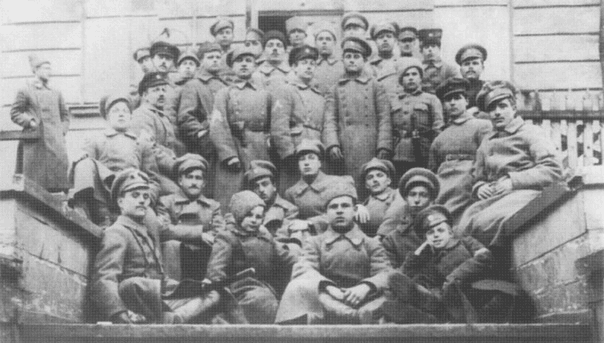
The Usus tried in every possible way to awaken the national spirit. Wherever they went, they were looking for a hub of Ukrainians.
The Usus were also engaged in the press, as most of them were graduates of universities and gymnasiums. They promoted the culture — and yet again went down in history with their popular and life-affirming rifle songs. Despite their allegiance to the Austro-Hungarian Army, the Usus helped the local Ukrainians. They did it because they were in their home land — it was occupied at the time, but there was a hope of liberation in the future.
In fact, the Ukrainian Sich Riflemen laid the foundations for the restoration of the Ukrainian state. They protected their fellow citizens at a time when the Russian enemy could strike in most brutal ways — same as the Armed Forces of Ukraine protect Ukrainians today, in times of independence, which has been gained over the centuries.
The Usus craved freedom, for only freedom can overcome pure evil.
The story of the Ukrainian Sich Riflemen is an important reminder: at any time and under any circumstances, the Ukrainians sought freedom and independence. They also preferred the West, for only there could their dream be realized. Even if that required them to take up arms and pay with their lives in battle.
Fonts:
Old Kharkiv
Details:
Ukrainski sichovi striltsi (The Ukrainian Sich Riflemen, or the USS)
Designer:
About font:
Next letter and event

Ukrainski sichovi striltsi (The Ukrainian Sich Riflemen, or the USS)
this project
in social
“Shchedryk” (The Little Swallow)

Khreshchenia Rusi (Christianization of Kyivan Rus’)

Antonov AN-225 Mriya ("The Dream")
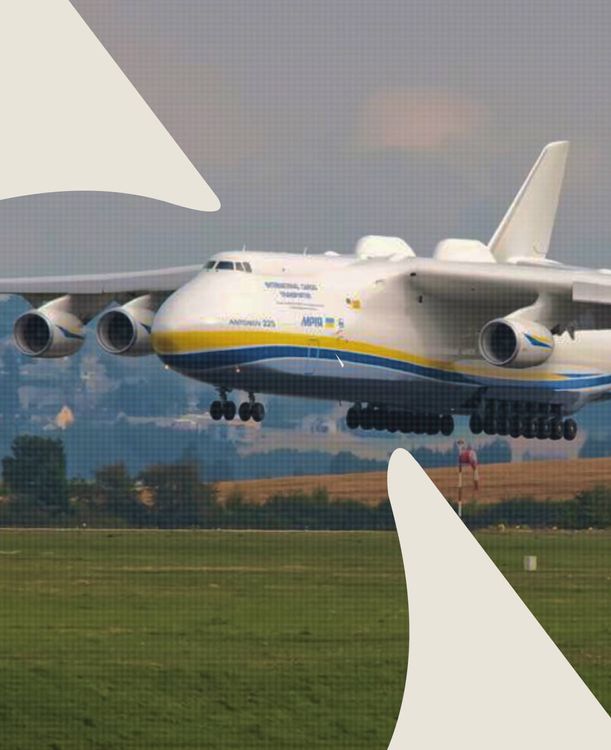
Chornobyl Disaster

Lisova Pisnia (The Forest Song)
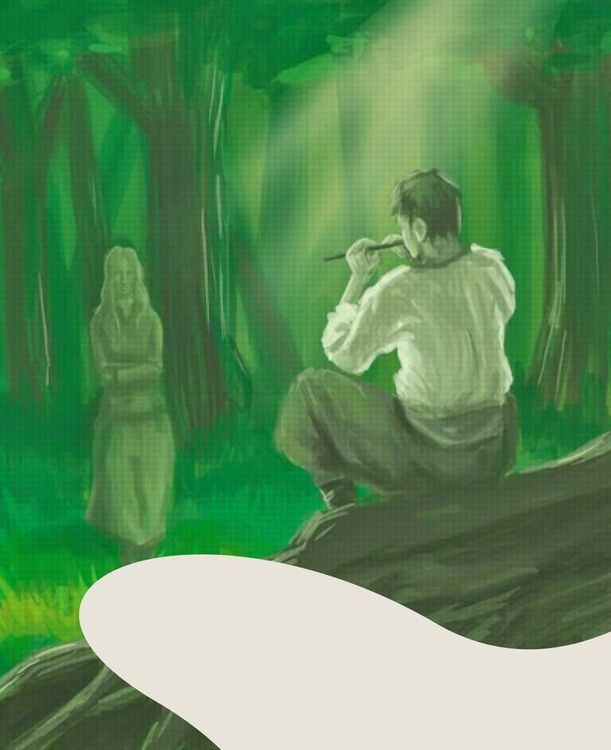

Falz-Fein and his “Askania Nova”

Antonov AN-225 Mriya ("The Dream")

Budynok “Slovo” (The Slovo Building, or "The Word")
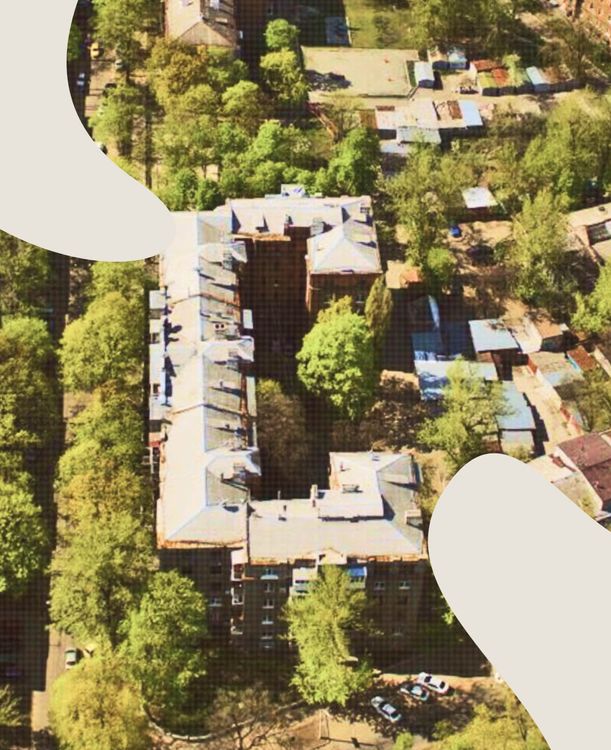
Khreshchenia Rusi (Christianization of Kyivan Rus’)

Mariupol

Zaporizka Sich (The Zaporizhian Host)


Aeneid by Ivan Kotliarevsky
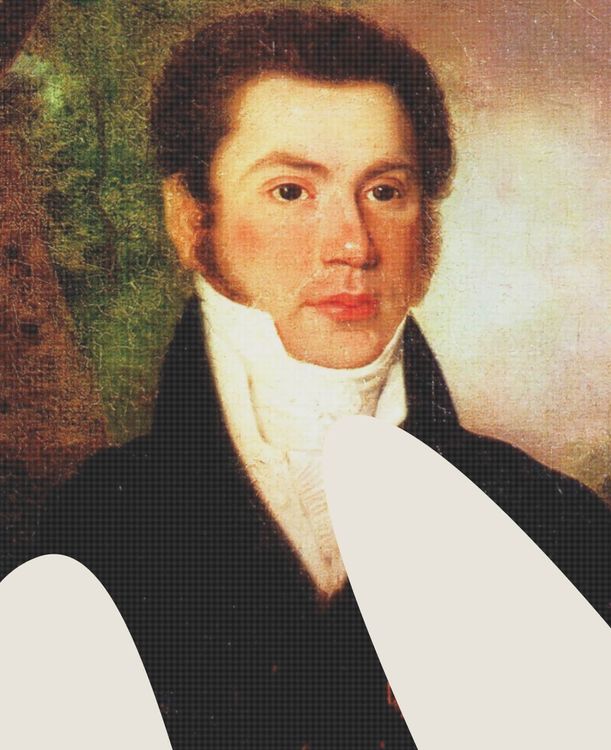
Ivan Franko


Ukrainski sichovi striltsi (The Ukrainian Sich Riflemen, or the USS)

Chornobyl Disaster

Creative & Tech Online Institute
Медіа про дизайн, креатив і тех індустрії

Ukrainski sichovi striltsi (The Ukrainian Sich Riflemen, or the USS)


Shliakh iz variah u hreky (Route from the Varangians to the Greeks)

“Yoi, nai bude!” (Ah, let it be!)

Orlyk’s Constitution

Antonov AN-225 Mriya ("The Dream")

Holodomor

Ivan Franko


Shliakh iz variah u hreky (Route from the Varangians to the Greeks)

“Plyve kacha po Tysyni...” (“Swims the duckling, on the Tysa...”)


The Trident of Volodymyr the Great

Peresopnytske Yevanheliie (The Peresopnytsia Gospel)

“Yak umru to pokhovaite...” (When I am dead, bury me...)

Ivan Franko

Holodomor

“Smilyvi zavzhdy maiut shchastia” (“The brave always have happiness”)





